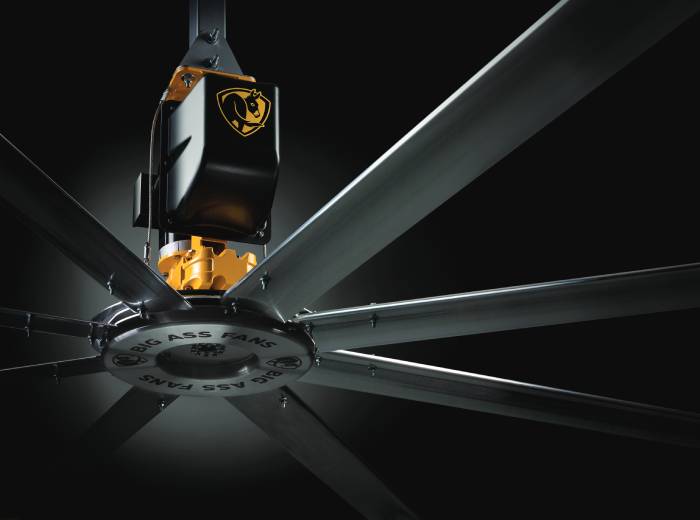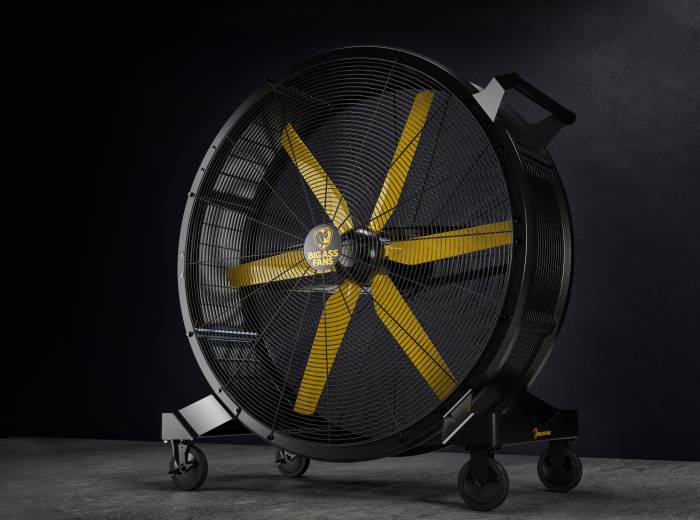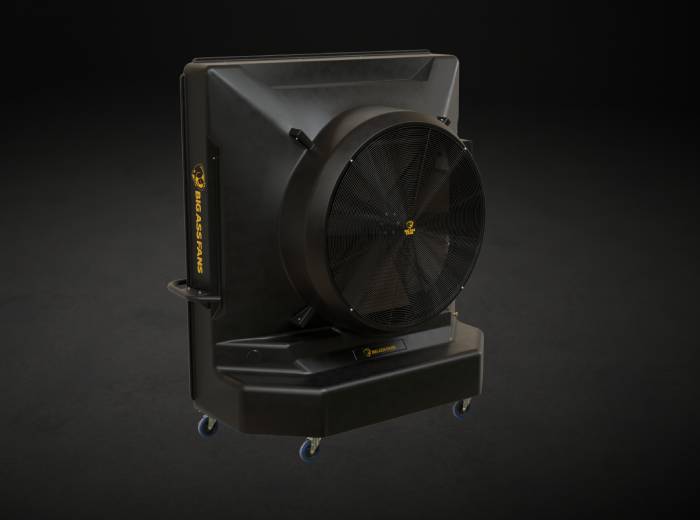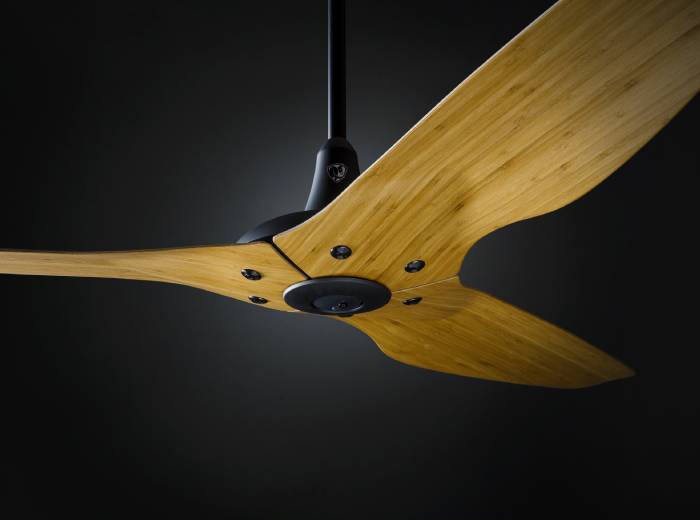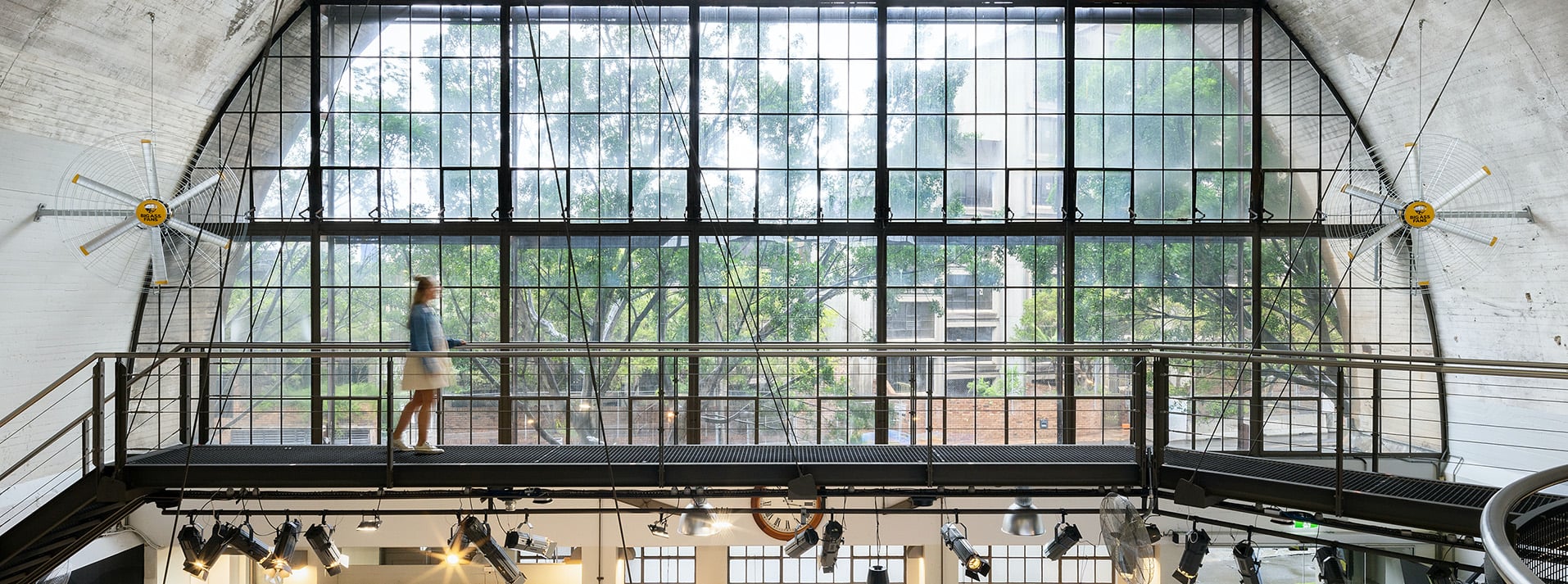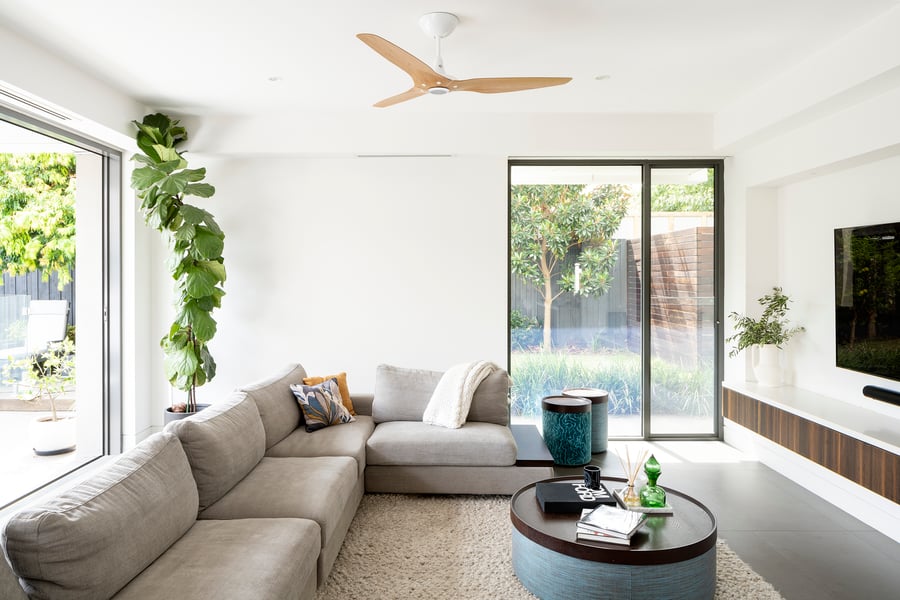
How To Build A Sustainable Australian Home
Building a sustainable home is a worthwhile project for reducing your impact on the environment and living more sustainably.
Although we may not think about it much, our homes can have a significant impact on the environment. In fact, residential buildings in Australia are responsible for nearly a quarter of overall energy usage, and contribute more than 10% to carbon emissions, according to the Australian Government.
Plus, over 83% of Australian homes do not meet the 7-star Nationwide House Energy Rating Scheme for energy efficiency. Data from CSIRO also indicates that only 21% of new homes built in the first half of 2023 achieved this sustainable rating.
This means the state of sustainable housing in Australia has room for improvement. Now is the opportune time to get involved in sustainable house design.
Whether you’re building a new home or looking to retrofit your current home, there are several principles and practices you can incorporate into the design. Let’s explore what a sustainable home is and 14 ways to make your living space more environmentally responsible.
What is a Sustainable Home?
A sustainable home is designed to minimise its environmental impact while maximising energy efficiency. It takes advantage of natural sources of heating and cooling, to reduce energy usage.
Sustainable homes are built using environmentally friendly materials. They’re designed to promote comfort and energy efficiency, and equipped with systems that lower waste production, conserve water, and reduce carbon emissions.
According to research by the University of Queensland, a truly sustainable home is built with the climate in mind. They are designed to not only suit the immediate local climate, but to also be resilient in the future against climate change and disasters.
Benefits of a Sustainable Design Home
Building a sustainable home offers a range of benefits that extend beyond environmental impact. These can include:
- Reduced Energy Costs: A sustainable home significantly reduces energy and water consumption, leading to lower utility bills and long-term savings. In fact, a green home typically reduces energy consumption by 56-60%, reducing your energy bills by $90 to $140 per month.
- Healthier Living Environment: Sustainable homes provide healthier indoor air quality by utilising non-toxic materials, such as eco-friendly paints and insulation, which contribute to a healthier living environment.
- Higher Resale Value: Sustainable homes often have higher resale values due to growing demand for eco-friendly living spaces, making them a smart financial and environmental investment.
- Water Conservation: Living in a sustainable home helps you to use water more efficiently, leading to a lower consumption overall. Features like water-saving fixtures and plumbing can help reduce utility costs and environmental impact.
14 Ways to Incorporate Sustainable Design in My Home
1. Passive Design
Passive design takes advantage of natural elements, such as sunlight and airflow, to reduce energy usage for heating and cooling. This involves strategically positioning windows, doors, and insulation to make use of solar energy in the winter and provide natural shading during the summer. Techniques like thermal mass (using materials that store heat) and natural ventilation can further improve a passive design by reducing the need for artificial heating and cooling systems.
2. Smaller House Design
One of the simplest ways to reduce your environmental impact is to design a smaller home. A compact living space requires fewer resources to build, less energy to heat and cool, and lower maintenance costs. Through focusing on efficiency and functionality, you can make the most out of a smaller footprint while creating a comfortable living environment. This approach not only benefits the environment but also reduces long-term expenses.
3. High-Performance Windows
Windows play a significant role in regulating a home’s energy efficiency. High-performance windows are designed to improve insulation, reduce heat loss in the winter, and prevent excess heat buildup in the summer. Look for windows with double or triple glazing, low-emissivity (Low-E) coatings, and gas fills between the panes for optimal energy efficiency. These windows minimise the need for artificial heating and cooling, leading to lower energy bills and a reduced environmental impact.
4. Efficient Layout
An efficient layout can significantly reduce the energy consumption of your home. Organise your spaces so that heating, cooling, and lighting are used more effectively. For example, placing frequently used rooms, like the kitchen and living room, on the sunniest side of the house will naturally warm them up during the day. A layout that minimises long corridors or wasted space reduces the amount of energy needed to heat or cool these areas.
5. Sustainable Materials
Using sustainable materials is a key aspect of building an eco-friendly home. Choose materials that have low environmental impact during their production, use, and disposal. Look for locally sourced materials to reduce transportation emissions. Examples of sustainable building materials include reclaimed wood, bamboo, recycled steel, and hempcrete. Natural stone, cork, and recycled glass tiles are great choices for flooring and countertops. Sustainable materials are durable, non-toxic, and biodegradable, further improving your home’s sustainability.
6. Renewable Energy
Incorporating renewable energy sources into your home is one of the most effective ways to reduce your carbon footprint. Solar panels are the most common option for residential renewable energy, harnessing the power of the sun to generate electricity for your home. Wind turbines and geothermal systems can also be utilised depending on your location and resources. These energy sources help power your home without relying on fossil fuels, drastically reducing greenhouse gas emissions.
7. Cool Roof
A cool roof is designed to reflect more sunlight and absorb less heat than a standard roof. This reduces the amount of heat transferred into your home, keeping it cooler during the summer months. Cool roofs are typically made from reflective materials or have a reflective coating that helps reduce the need for air conditioning. This not only lowers energy consumption but also reduces the urban heat island effect, contributing to a cooler local environment.
.jpg?width=2500&height=2138&name=_AMP8277%20(1).jpg)
8. Energy-Efficient Appliances
Energy-efficient appliances are essential for reducing the energy consumption of your home. Look for products with the Energy Star label, which indicates they meet high energy efficiency standards. These appliances use less energy while performing the same tasks as their conventional counterparts. Energy-efficient appliances, including refrigerators, washing machines, dryers, and dishwashers, can save you money on your energy bills and reduce your overall carbon footprint.
9. Water-Conserving Plumbing
Water conservation is a key element of sustainable home design. Implement water-saving fixtures, such as low-flow faucets, shower heads, and toilets, to reduce water usage. Installing a rainwater harvesting system can also be a great way to collect and reuse rainwater for non-potable uses, such as irrigation or flushing toilets. Water-efficient plumbing systems not only save water but can also lower utility costs and reduce strain on local water resources.
10. Ceiling Fans
Ceiling fans like our Haiku or i6 are an affordable and energy-efficient way to improve air circulation within your home. In the summer, ceiling fans can help keep the air cool by creating a breeze, reducing the need for air conditioning. In the winter, ceiling fans can be reversed to circulate warm air from your heating system. This small but effective measure can make a significant impact on your home’s overall energy efficiency.
11. Efficient Heating & Cooling Systems
An efficient HVAC (heating, ventilation, and air conditioning) system can have a major impact on your home’s energy consumption. Choose high-efficiency HVAC units that use less energy to heat and cool your home while maintaining comfortable indoor temperatures. For example, ceiling fans like Haiku are a highly efficient option.
Regular maintenance of your systems, such as changing filters and ensuring proper insulation around ducts, can also improve their efficiency. Programmable thermostats that adjust temperatures based on your schedule can further optimise energy use.
12. Eco-Friendly Paints
Conventional paints often contain harmful chemicals known as volatile organic compounds (VOCs), which can negatively impact indoor air quality. Eco-friendly paints, on the other hand, are low in VOCs or VOC-free, making them a healthier choice for both the environment and your home’s inhabitants. These paints are available in a range of colours and finishes, offering an eco-conscious solution for painting walls, trim, and other surfaces in your sustainable home.
13. Eco-Friendly Insulation
Proper insulation is essential for maintaining a comfortable temperature inside your home while reducing energy consumption. Eco-friendly insulation options, such as cellulose (made from recycled paper), spray foam, or sheep’s wool, are sustainable alternatives to traditional fibreglass. These materials provide excellent thermal resistance and can help maintain a consistent indoor temperature, reducing the need for excessive heating or cooling.
14. Build to Last
Building a home that is durable and long-lasting ensures that it has a reduced environmental impact over its lifetime. Choose materials and design elements that are not only eco-friendly but also resilient. High-quality, durable materials such as brick, stone, or steel have a long lifespan and require minimal maintenance. A well-constructed, durable home reduces the need for frequent repairs or replacements, contributing to less waste in the long run.
Summing Up
Building a sustainable home is not just about using eco-friendly materials or technologies—it's about creating a living space that works in harmony with the environment.
Through incorporating these sustainable design principles into your home, you can reduce your energy usage, lower your carbon footprint, and create a healthier, more efficient living space for you and your family.
Whether you're building from scratch or renovating, sustainable home design is a wise investment in both your future and the planet's.

